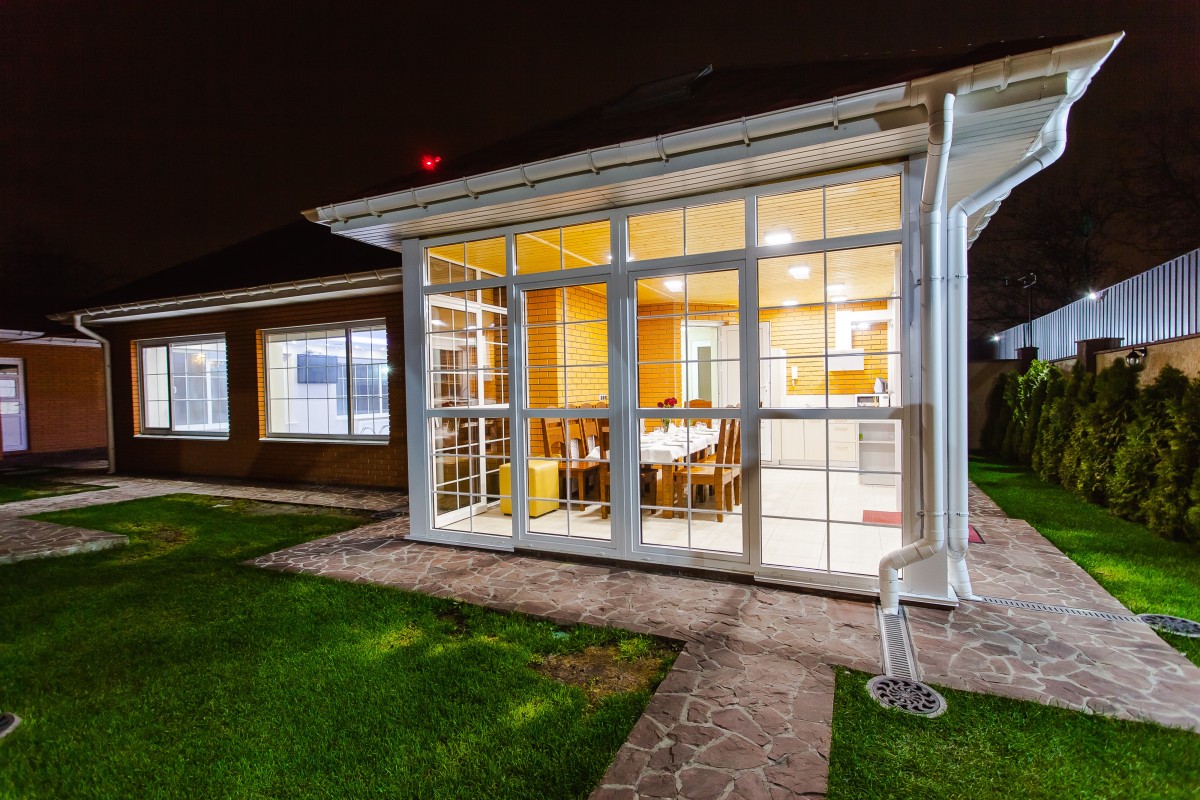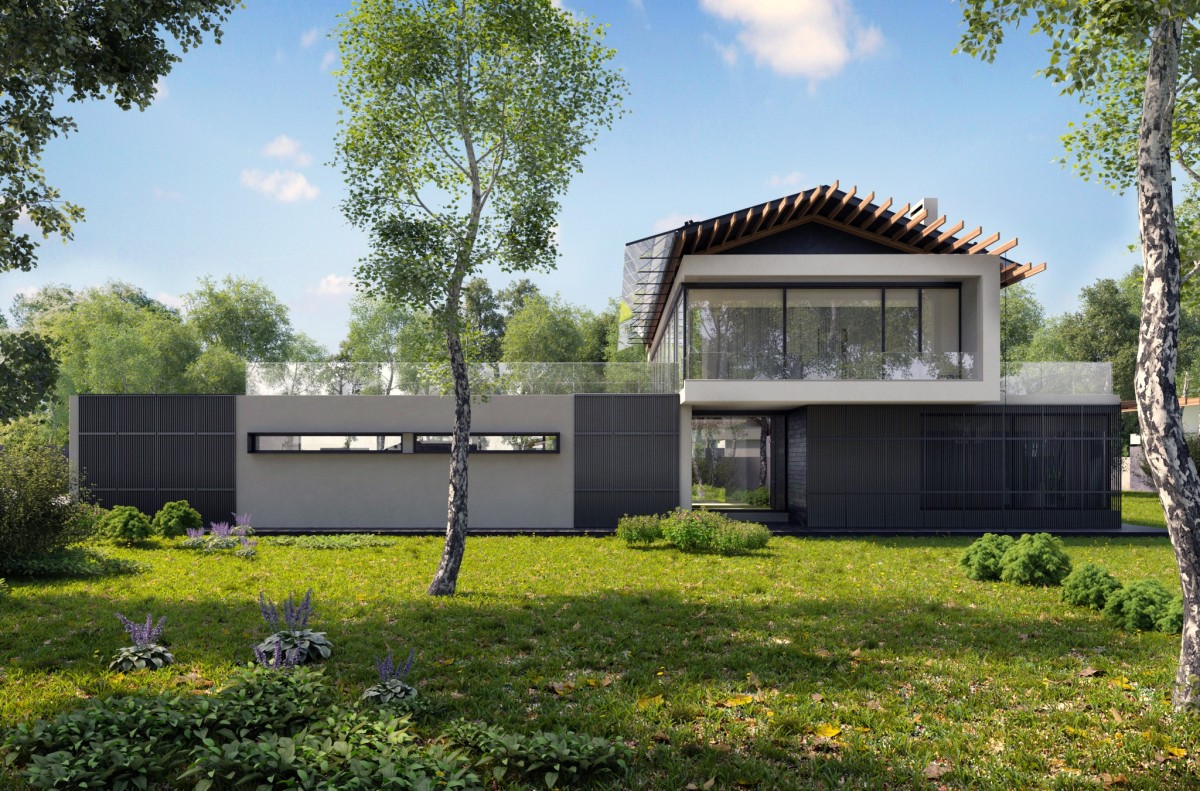What Are the Remedies to Your Veranda Condensation Problem
Summary
Step 1: Fixing one-time condensation problems
Step 2: Reduce chronic condensation in your conservatory
Condensation is the number one enemy of conservatories. It is essential to distinguish between spot condensation and chronic condensation, which have different long-term solutions and consequences.
With all the care that one can bring to it, certain types of verandas are more prone to condensation, in particular
conservatories in which a bathroom is planned to be installed;
Patios with a spa allow you to enjoy bubbling baths almost in the garden with the comfort of the interior.
Here are our solutions to reduce condensation on your veranda.
1. Solve the problems of punctual condensation
If condensation appears occasionally and then disappears, it is probably due to too much difference in temperature and hygrometry (i.e. air humidity) between the inside and outside.
There is nothing special to do except air your veranda by regularly opening the glass surfaces. Everything will return to normal with better weather conditions.
2. Reduce chronic condensation in your conservatory

Regular condensation in the veranda is most often caused by
poor ventilation; too much humidity in the air, with a hygrometry higher than 60%.
Good to know: the bathroom and the kitchen are also particularly prone to this type of condensation.
Health risks related to condensation
Since condensation originates from water vapour, it can be deposited in any corner and nook of a house. Often, it is in places that are difficult to access.
In the form of a thin film, condensation will cause
the development of moulds, fungi and mites, which then take advantage of an ideal climate to develop: water + heat;
the appearance of bad smells;
health risks: respiratory problems, nose and throat irritations, chest pains, etc.
Technical risks for the house
The “technical” risks related to condensation are not necessarily evident at the beginning of the manifestation of a condensation phenomenon. Indeed, a simple wipe is enough to remove any threat, at least on the surface.
However, there is a technical risk if nothing is done to stop the progression of condensation:
- decrease of the technical performances of the materials on which the condensation formed;
- deterioration of materials and coverings: woodwork, plaster, wallpaper, etc.
If nothing is done, the condensation may lead to the complete replacement of the support. For example, a plaster wall soaked in condensation cannot be treated.
It will be necessary to remove the entire wall, sanitize the foot of the wall and rebuild another one.
Improve ventilation
In both cases, you can improve the ventilation by putting ventilation grills on the windows or by rethinking the frames that may be defective.
The number and size of the openings to be created depending on your veranda’s volume.
The ventilation of the veranda is crucial for your comfort and hygiene: good ventilation avoids the greenhouse effect and the appearance of fungi.
For this, it is imperative to install adequate air vents.
Principle of good air circulation on the veranda
For good air circulation, it is essential to put openings:
- in the lower part to let in outside air to renew the one present on your veranda;
- placed as high as possible to evacuate the hot air that tends to arise naturally. To do this, use roof vents with roof windows, for example.
Remember to open windows and glass doors regularly.
For good ventilation: quality window frames
The need to ventilate implies:
- to take into account the types of the opening of the windows and doors;
- maintaining the window and door frames and mechanisms.
Static ventilators for better ventilation
Static ventilators provide ventilation using ventilation grids located in the frames. They are built directly into the bottom of your veranda or its roof.
Adaptation to the veranda
You should carefully consider the size and number of aerators according to the size of the veranda. For example, a porch of 20 m² requires an aerator of at least 1 m long.
Easy maintenance
Removable grids and pollen filters can be installed to facilitate their maintenance.
Good to know: static aerators are managed by a central control that regulates the flow according to the indications given by the thermostat and the hygrometer.
Install a dehumidifier
If the air is too humid, install an electric dehumidifier
This device is efficient and silent.
It can absorb up to 20 litres of water per day, depending on its capacity.
An efficient and quick-to-install air dehumidifier
The electric humidity absorber, called a dehumidifier, reduces humidity due to condensation. It is a simple and inexpensive alternative to installing a ventilation system.
There are 2 types:
- electrical humidity absorber: the most efficient;
- chemical humidity absorber: less efficient than the electric model but sufficient if your humidity problems are low.
Principle of the electric humidity absorber
The electric humidity absorber is a small device that allows dehumidifying the ambient air by regulating its humidity level:
The ambient air is drawn in by a ventilation system.
The air condenses and is transformed into water.
The water is collected in a tank that is emptied as needed.
Advantages of the absorber
The humidity absorber is a practical and effective device in the short term:
absorbs up to 30 litres of water per 24 hours (depending on the model);
very useful in kitchens, bedrooms, bathrooms or any other humid room;
available in several models depending on the size of the surface to be treated;
easy to use: the ignition is done by a simple button;
no cartridge or refill is required;
possibility of saving energy by simply turning it on at night;
Disadvantages of this electric dehumidifier
The electric dehumidifier has some disadvantages:
not always sufficient to solve a real humidity problem;
consumes electricity;
can be noisy because of its fan: it depends on the model.
If you have very high humidity in your home, call a professional to make a diagnosis.

